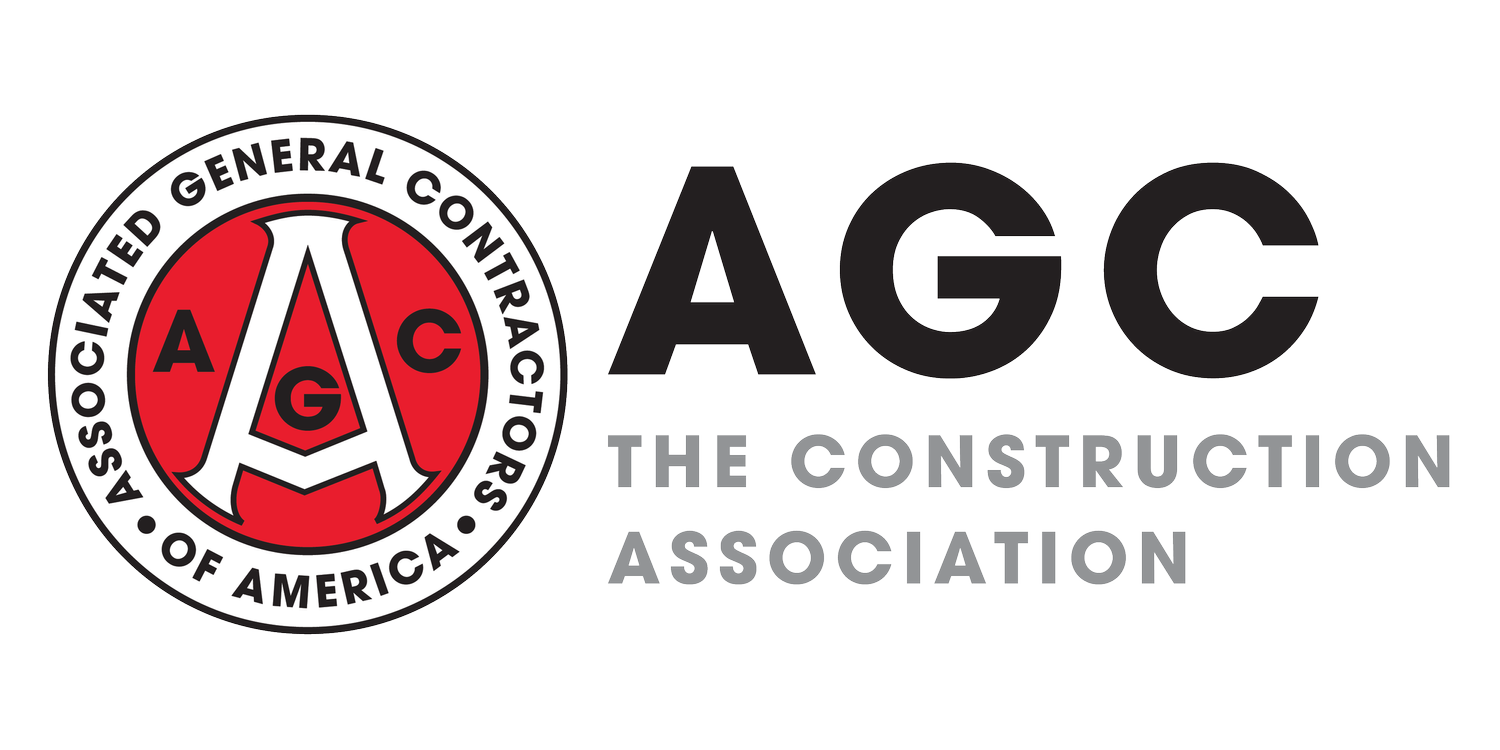An Eye on Protection: Back-end Security Monitoring Centers Heighten Jobsite Security
Security monitoring trailers, combined with advanced back-end monitoring centers, proved the holy grail for construction site security
BY GREG RANKIN
The cost of building materials has skyrocketed. At the same time, vandalism and theft at construction sites are at an all-time high; now costing the industry more than a billion dollars per year. Due to these factors, among others, the need to secure commercial construction sites has never been greater.
To combat the issue, much of the focus has long been on the first line of defense. Items like physical barriers, access control points and closed-circuit TV cameras have been enlisted with some degree of success. While new, AI-enabled mobile security trailers are proving highly efficient at spotting a security threat, the focal point is now shifting from bytes to brains. How humans within a security monitoring center react to those AI-triggered events is becoming the great differentiator for construction companies in pursuit of a zero-loss jobsite.
Advancing AI - which can quickly distinguish car lights, a stray cat, or even changes in cloud cover from a legitimate threat - will remain essential for mobile security. However, after a genuine security event is flagged, it is sent to a centralized monitoring location where each event must be assessed in real-time by humans to determine the appropriate next steps. According to construction executives charged with increasing site safety, too often this part of the equation has been delivering substandard results.
“In the past, we’ve had occurrences where the person doing the monitoring must have fallen asleep or something because things went missing off a jobsite, but they never reported seeing anything,” said Edward Glover, a Phoenix, AZ-based assistant project manager at Layton Construction – an AGC of Utah and General Contractors Association of Hawaii member.
Asset Security Monitoring
Like Glover, there are a number of construction companies making the switch from outmoded security monitoring firms – focused predominantly on setting up the hardware on a jobsite – to companies that deploy a centralized Security Operations Center (SOC with integrated AI capabilities). These facilities provide 24/7 alert monitoring, trained security response experts and daily hardware checkups. In addition, some of these SOC providers even make weekly visits to the construction site to ensure operational efficiencies.
Layton Construction is currently working on a massive 100-acre industrial park in Arizona. The project has multiple buildings with numerous blind spots. They enlisted several security monitoring systems to guard the project and are currently recording about two alerts per week which have already been vetted by a monitoring expert.
“I get a text alert and then a phone call the moment anyone attempts to come on-site,” explained Glover. “A link is also sent, so I can view the footage and see why the camera went off. Then we determine what needs to be done, which may include calling the police. We've caught several perpetrators this way.”
Recently, an incident occurred at the Layton industrial park project where someone on-site falsely identified themselves as a subcontractor. Glover was able to quickly review the on-site footage and its security monitoring team alerted the police who apprehended the individual.
“That is a prime example of a situation where if we did not have this type of advanced security monitoring in place, I can almost guarantee something would have been stolen,” added Glover.
Protective Preference
While calling the police is one option, there are additional measures the security monitoring experts can employ. This is of added significance during the current nationwide shortage of law enforcement officers which could potentially increase response times. As an example, some security monitoring trailers provide a talk-down speaker that delivers impressive results.
"We had one case where we warned an active trespasser, who then started to leave,” recalled Jason Gratton, VP of Stallion Infrastructure Services, an Austin-AGC Chapter member. “But they were still holding a bunch of materials that they were trying to steal. So, our SOC operator yells out: 'DROP IT, NOW!' And the guy actually does, and almost falls over while running to his car."
While those instances demonstrate an effective approach to someone already trespassing on the jobsite, the primary goal for companies like Stallion is to intervene before the parameter fence has been breached.
“We have seen instances where Stallion’s monitoring is picking people up beyond the fence,” said Mason Mellema, project manager at DPR Construction, a member of multiple AGC chapters. “They are looking to stop an unwanted entry before they actually step foot on the jobsite.”
Adaptive Security
DPR is currently working on a high-profile healthcare facility in the Phoenix area which started out as a greenfield project.
“The first thing that went up were the fencing, screening and secured access points,” explains Mellema. "Once the materials and equipment began arriving, we had a need for security and monitoring. Then as the building started coming up out of the ground and more assets arrived on-site, our monitoring needs changed. This required us to reconfigure both the number and location of the monitoring equipment.”
“You have to be able to accommodate that type of change,” said Gratton. “Construction is such a dynamic environment—things literally change every single day.”
In this context, security monitoring experts function like on-site consultants. Through daily video exposure and weekly in-person check-ups, they can begin to understand the nuances of each jobsite, as well as the needs of each phase of production.
“The security monitoring team might say something like ‘Hey, you guys are getting ready to button up drywall—maybe it’s time to move the monitoring equipment,’” added Glover. “What we are getting is really more proactive than reactive.”
Other times, it may be that the construction crew is trying to be extra vigilant but is actually causing visibility issues that need to be addressed.
“We have seen workers try to park equipment closer to the camera thinking this is enhancing the security, but what they're doing is they're actually blocking the view of the camera,” explained Gratton.
When this happens, Stallion, for example, generates an immediate security ticket, regardless of the time. That ticket gets escalated quickly and security monitoring experts will get in touch with the relevant jobsite contact and get the view cleared.
“If we need a station moved and repositioned on the jobsite, they are quick to respond,” explained Mellema. “For us, it has worked out well and we feel our site is now more secure than ever.”
The goal for any construction project is to maintain a zero-loss site. That is increasingly dependent on how well security monitoring experts can address a threat and implement the right action plan.
Greg Rankin is a Houston-based freelance writer with more than 20 years of experience writing about security, safety, and equipment within the construction industry.

